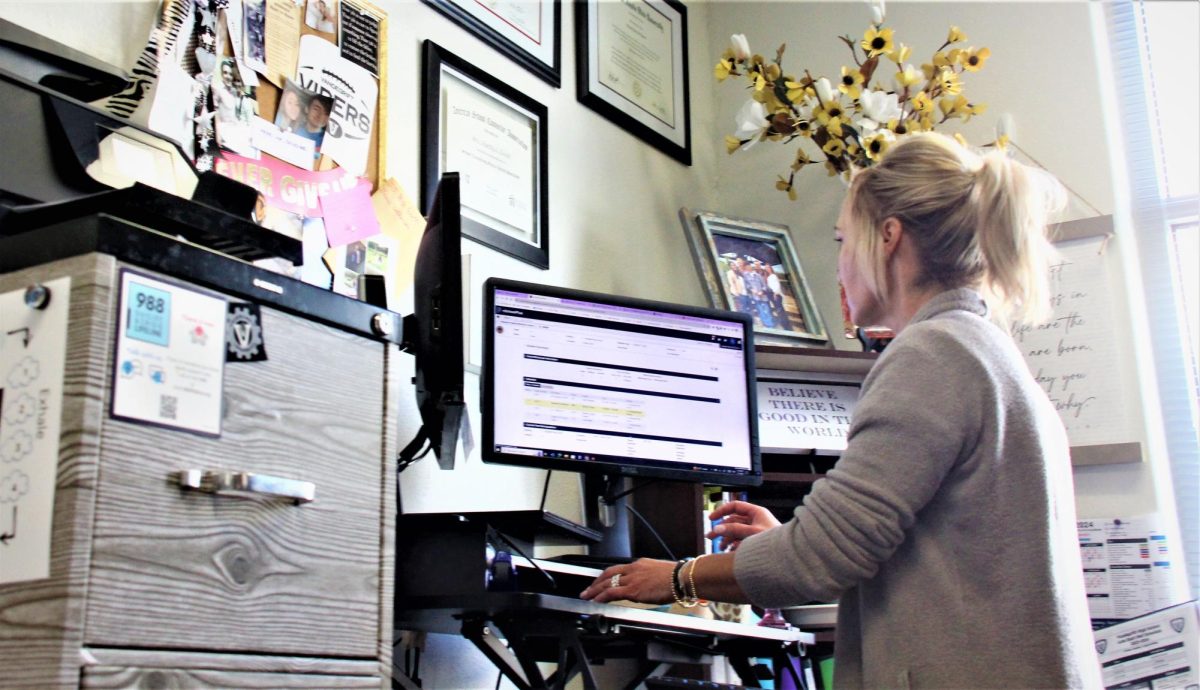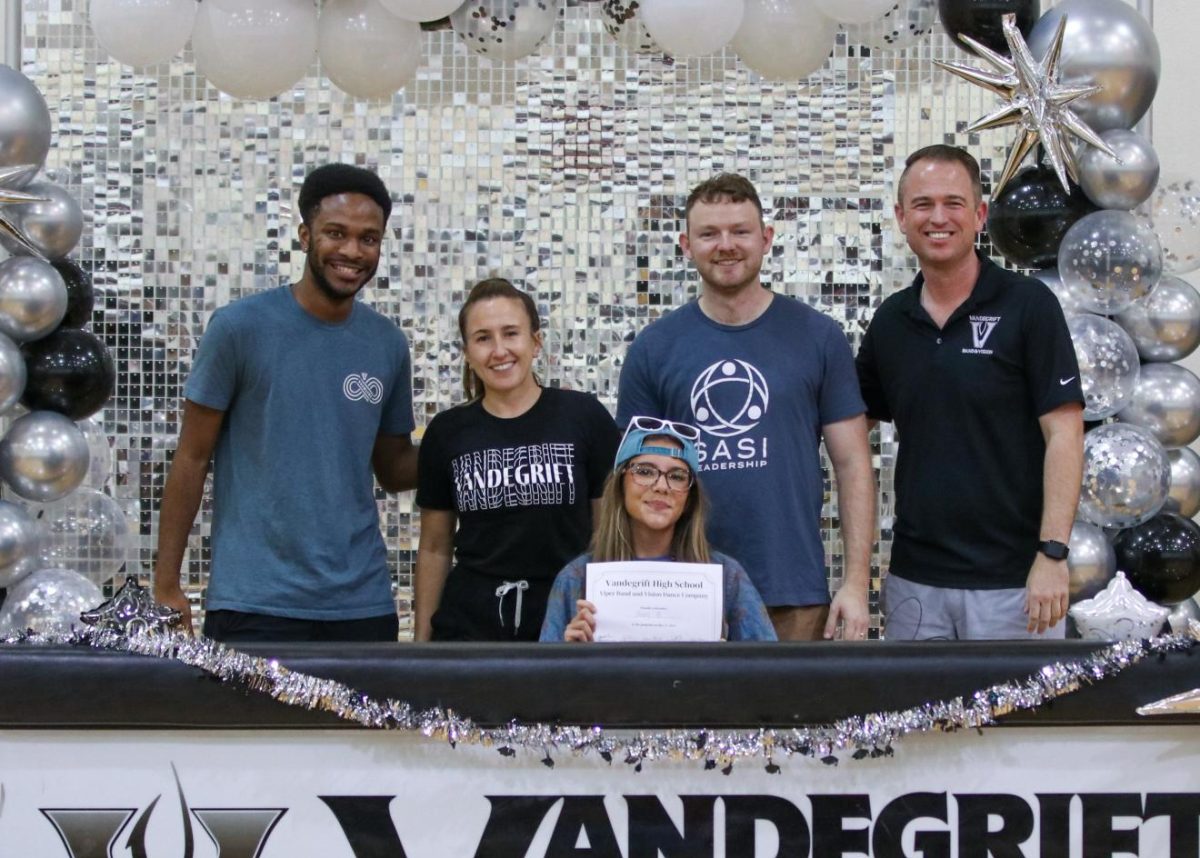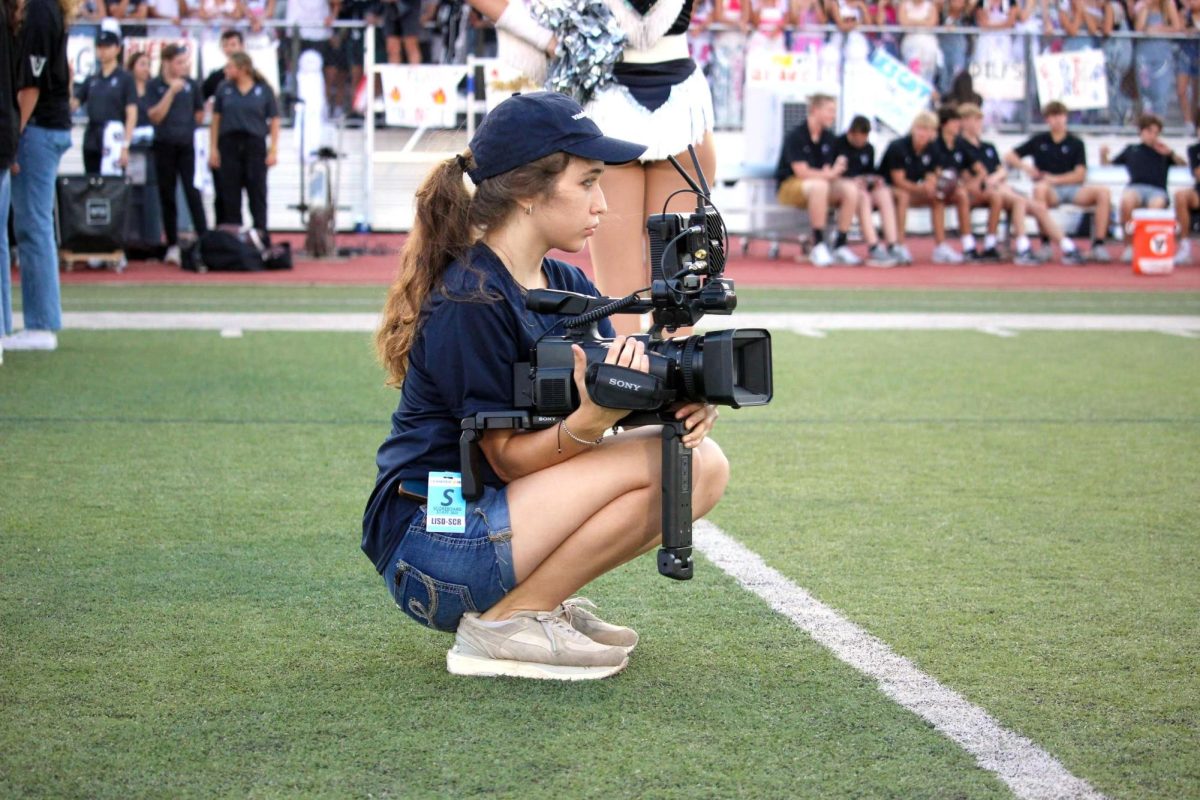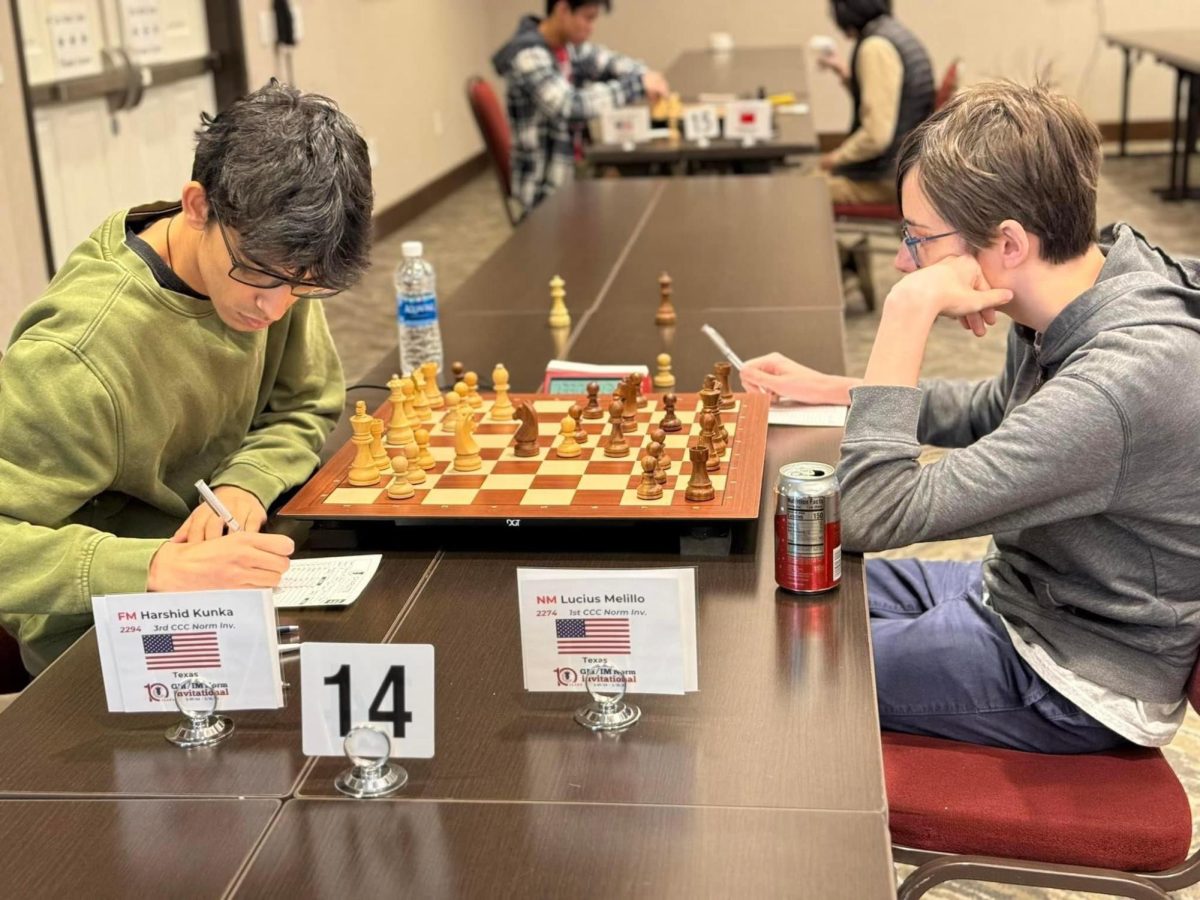The scorching summer sun still shone outside. Counselors sat at their office, and the taps and clacks of the keyboards resonated in the walls of the counselors’ offices. With a final click, the fate of the year was sealed and students’ schedules finalized.
Beginning July 15, counselors arrive at the school to embark on their final schedule assembly process for the start of the school year.
However, the course selection process begins as early as October of the previous year.
“Many students and parents might not realize how early the scheduling process starts,” head counselor Kandice Detlefsen said. “We try to build a schedule to give students what they’re asking for, and when students change their mind quite a few times, then it’s hard to shift.”
As part of course selections, students are offered multiple course change request windows throughout the year. However, this becomes a challenge for counselors who are tasked with puzzling together schedules.
“Budgeting in the spring is dependent on the teachers and classes we need to have per the student requests,” counselor Charity Escott said. “So once all the requests are in, the system is run and they run the master schedule.”
After the master schedule is set, counselors spend multiple hours and days assembling schedules through an information management system, eSchool Plus, also known to students and parents as Home Access Center.
“This sort of computer shuffles everybody into what [classes] fit [with]certain parameters,” Charity Escott said. “Then, it’ll shift the students into a different period, so that’s a huge help.”
However, this technology is not entirely fool-proof and conflicts in students’ schedules are quick to arise.
“It’s a bunch of data management and we’re all human, so sometimes we type the wrong number for [the course] in,” Detlefsen said. “I will absolutely go back through our records and figure out what went wrong.”
In other cases, classes students have selected take place during conflicting periods and thus are forced to choose between courses, for instance Newspaper and Art History are both locked to 2nd period.
“I had to drop softball because they’re not able to split double blocks up,” junior Maile Boswell said. “So you have to choose your sport over an activity that you really want to do.”
Austin Community College dual credit classes can also become a source of conflict, as they are often locked to specific periods, and require student ownership.
Conflicts are often attributed to the size of the student body, the 200 classes offered and the eight periods that can be found in schedules.
“There’s an infinite number of ways the puzzle can fit together,” Detlefsen said. “You [might be] taking a selective class that’s only offered one period and it conflicts with a different class that’s only offered that same period. Those are the not fun parts of scheduling because we’re limited by what the puzzle can support.”
Problem-solving can become an essential part of the process for counselors as they try to unravel and piece together the different classes.
“I like puzzles so I enjoy trying to work it out,” Escott said. “Luckily some of this is happening over this summer when there aren’t so many other things going on.”
From the beginning to the end of the school year, starting with course selections and ending with the advanced course drop windows, this is an ongoing and meticulous process.
“There’s so much behind the scenes workchurning throughout the year, happening out of sight,” Detlefsen said. “Sometimes people might think it’s simpler than it is.”















